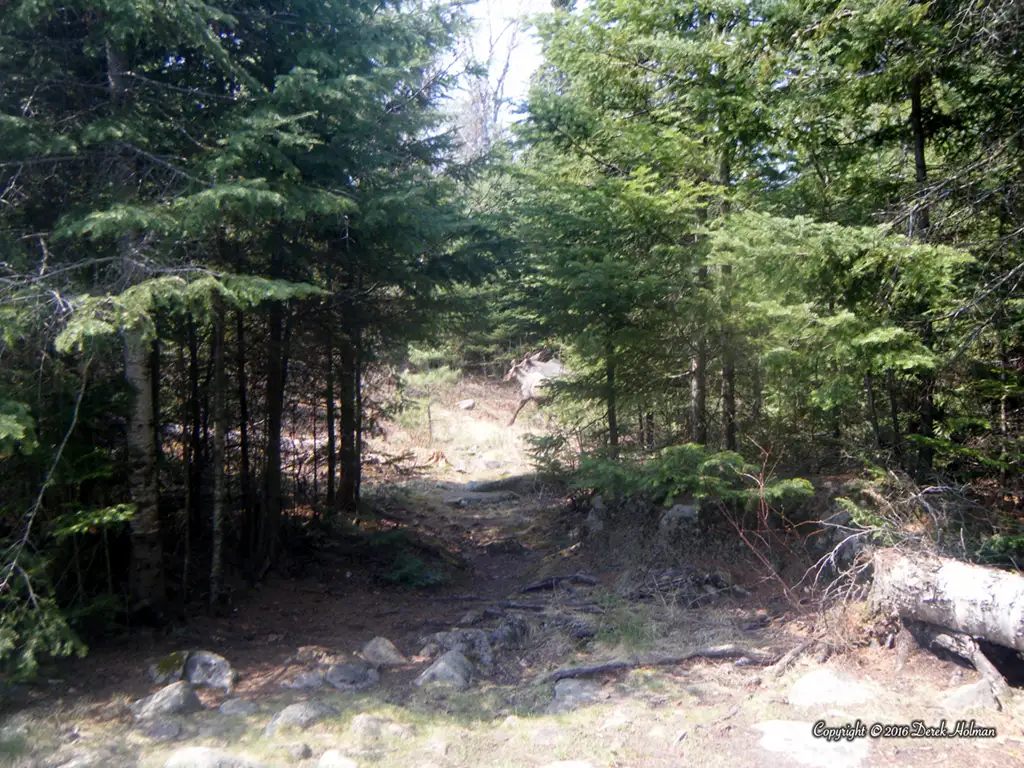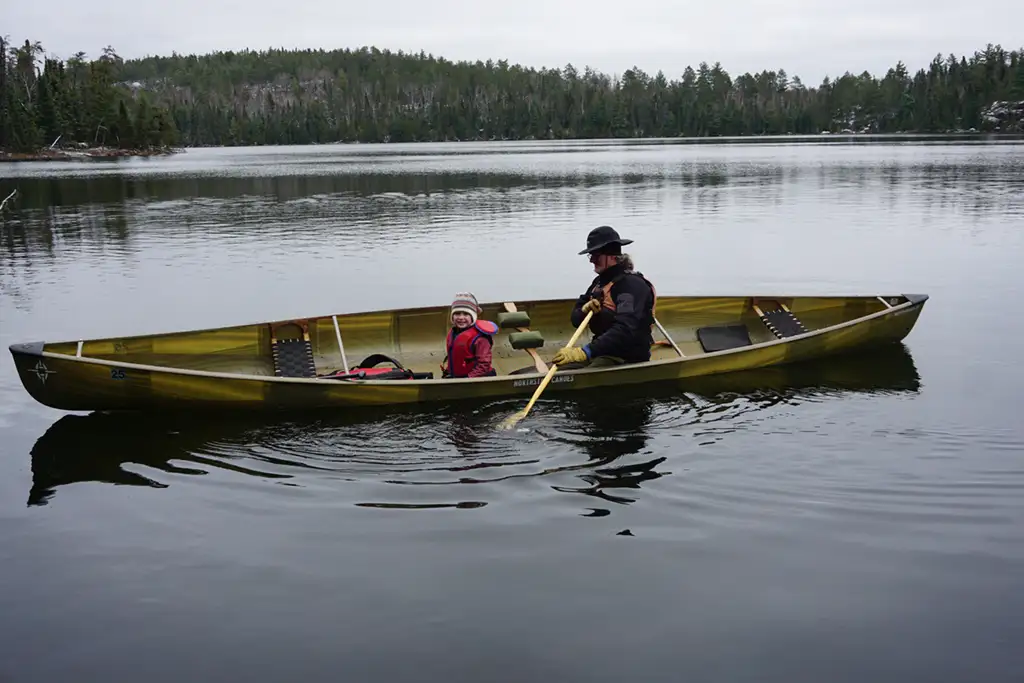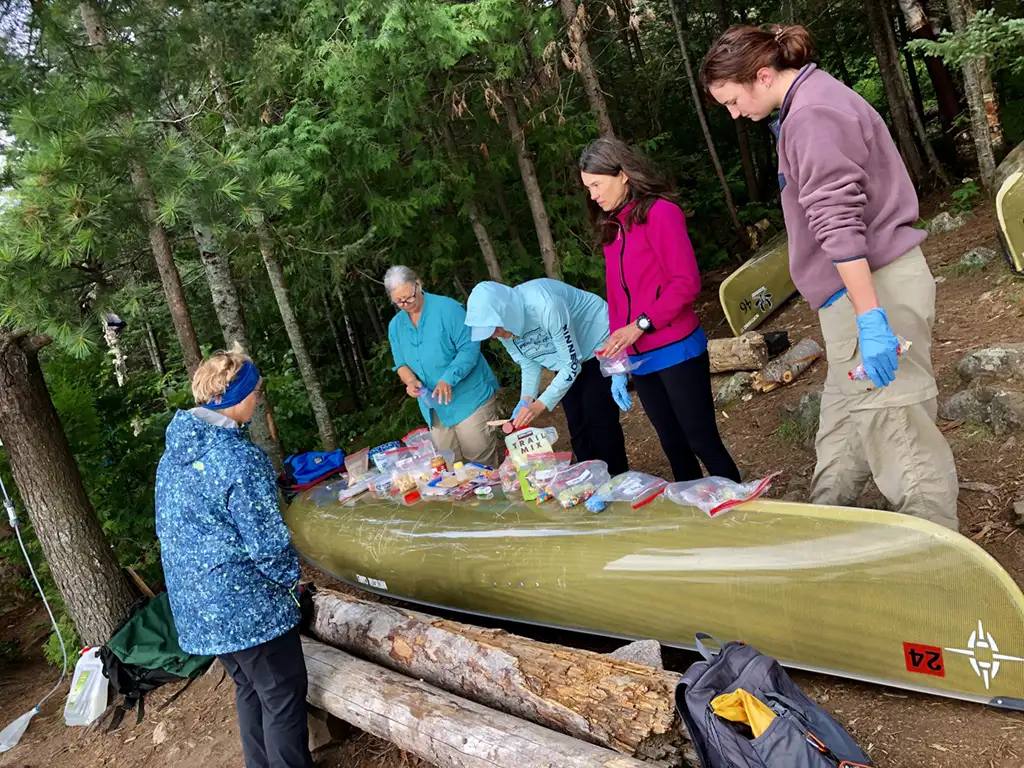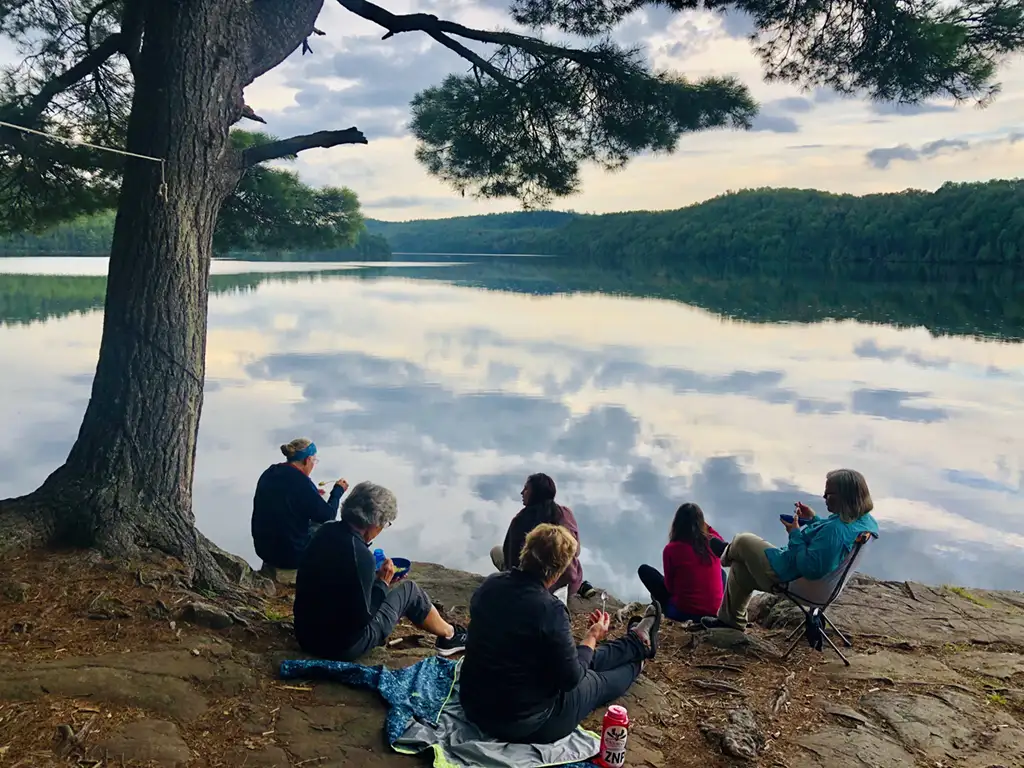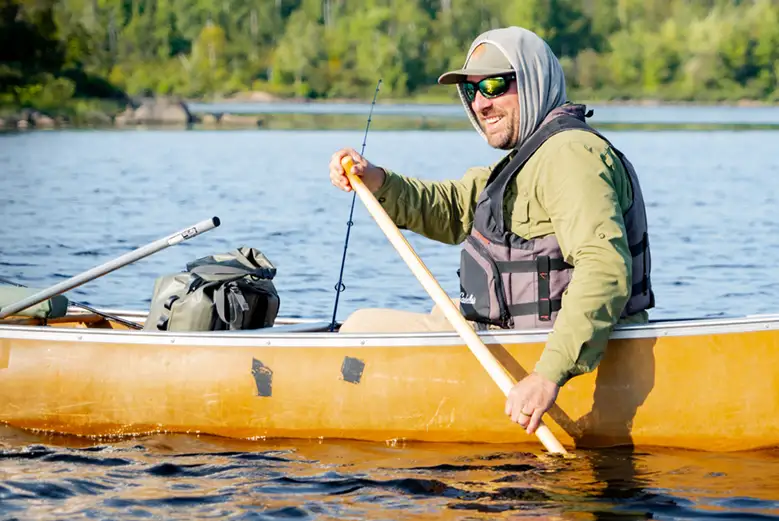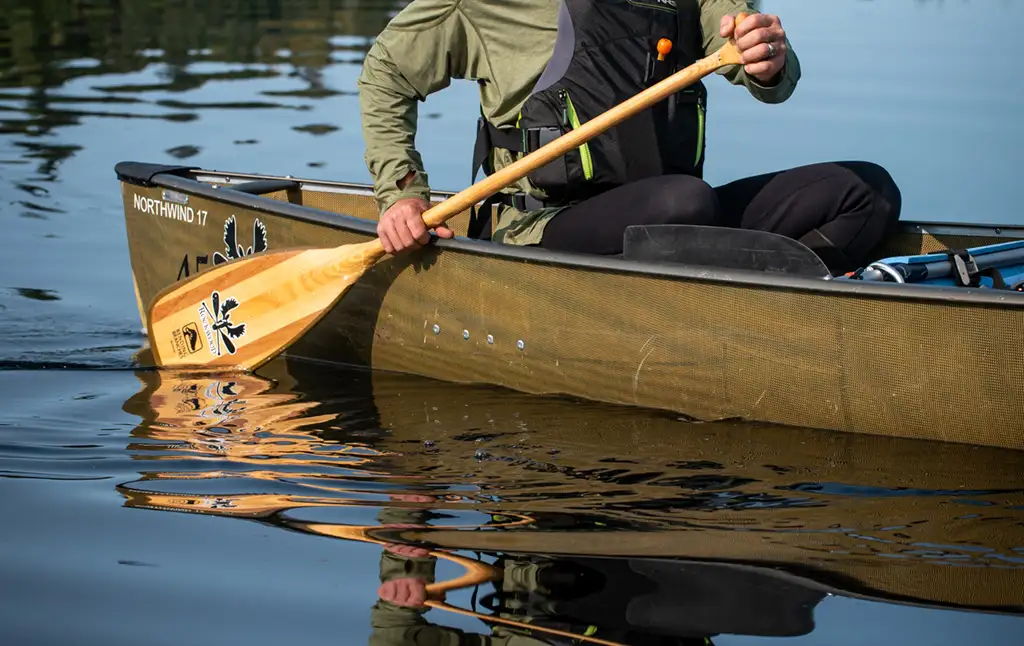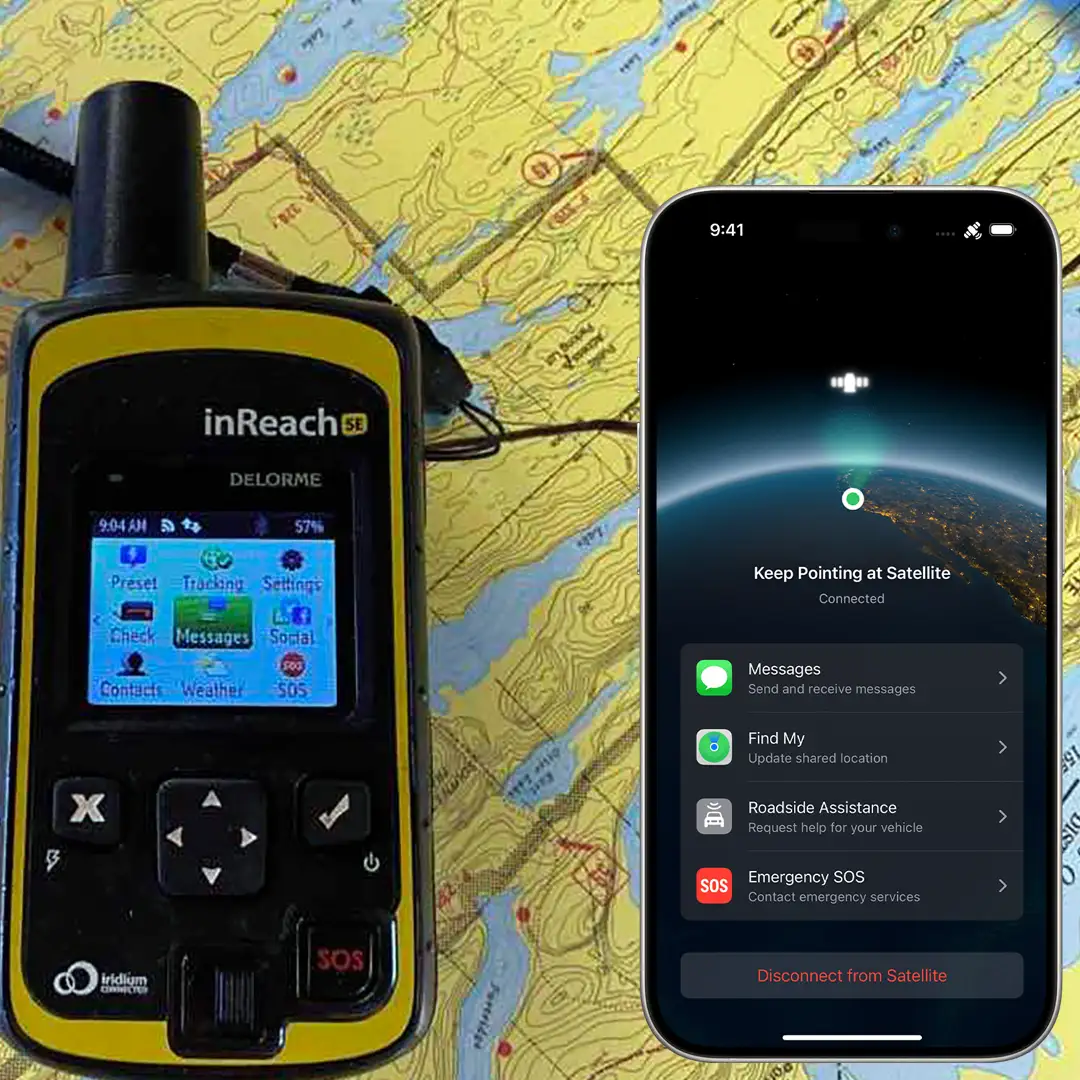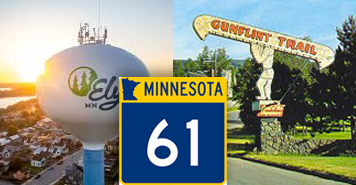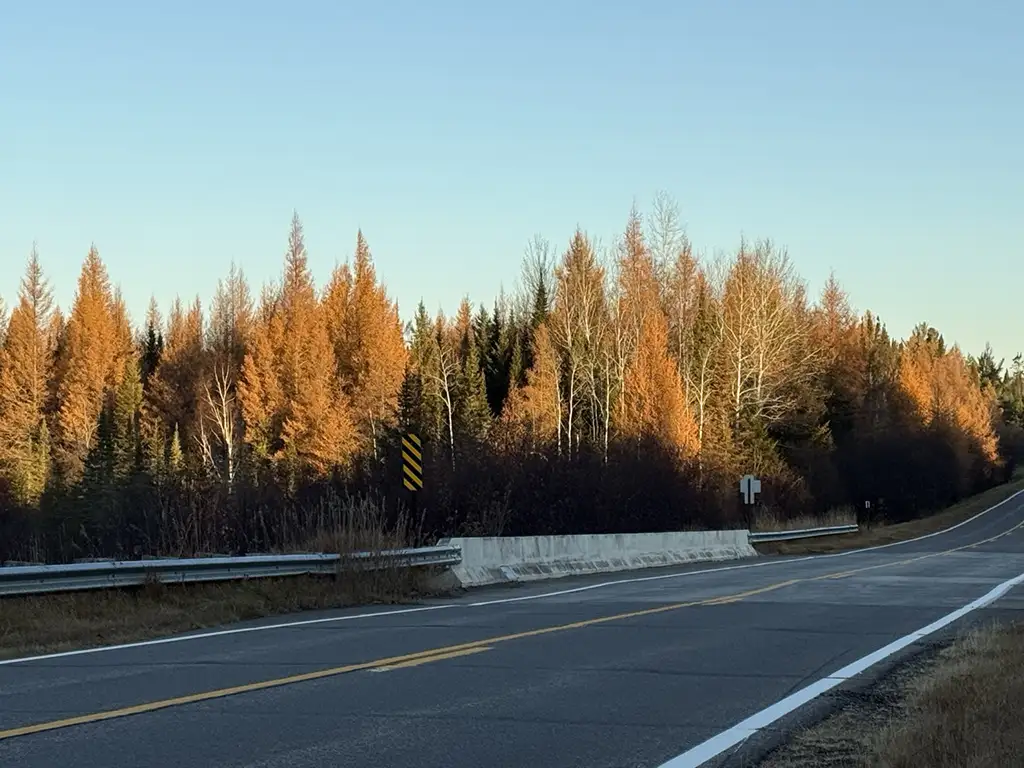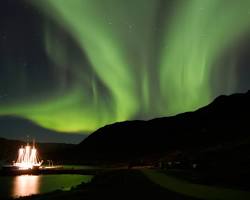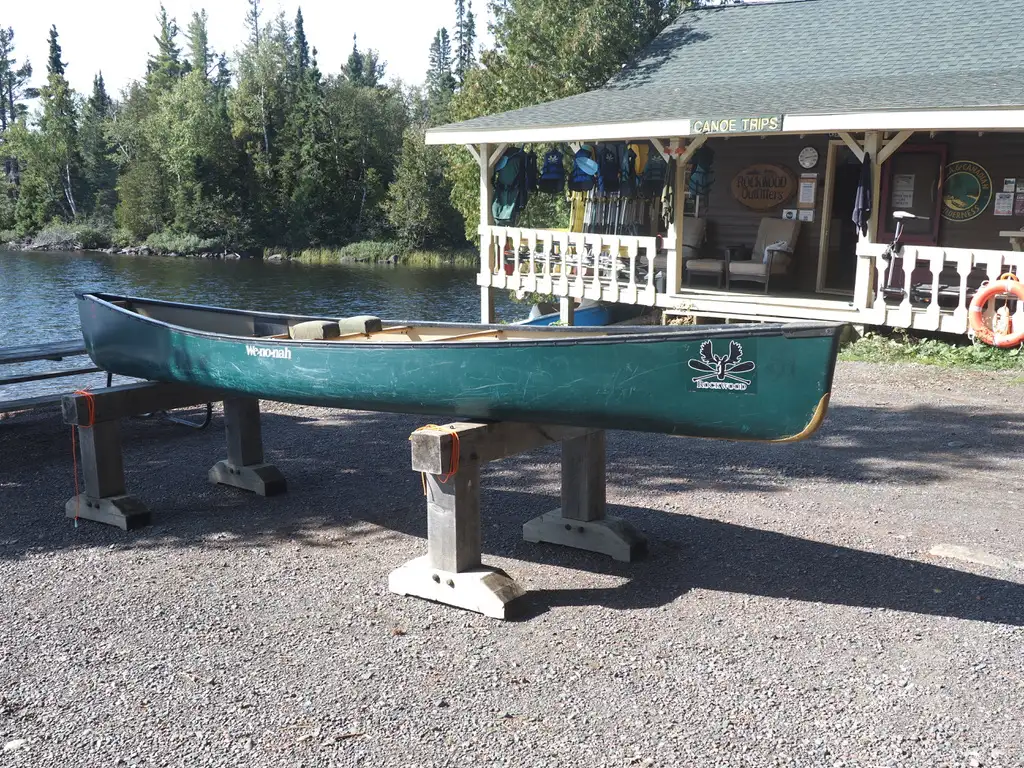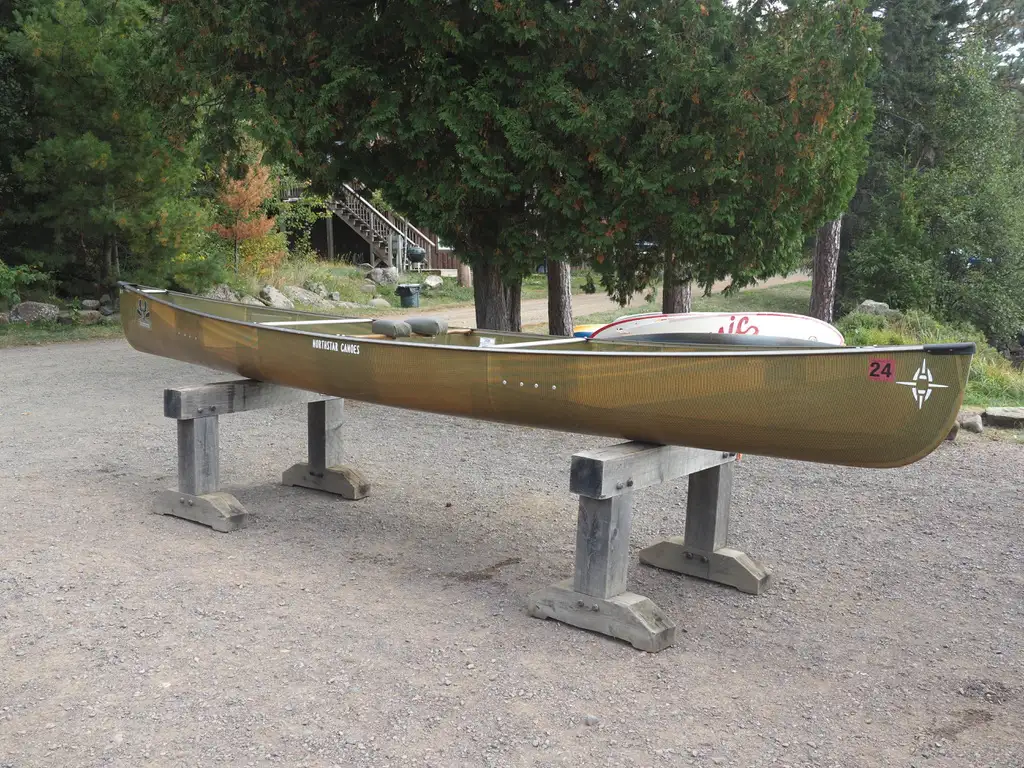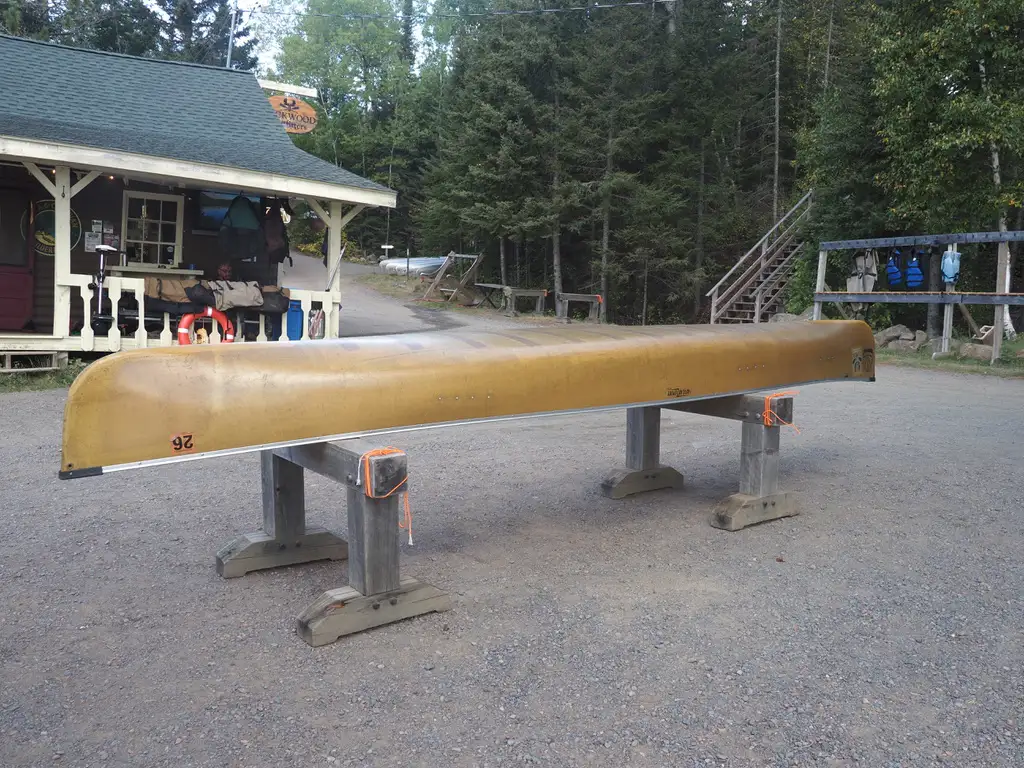Wilderness food – The Way to a Canoeist’s Heart is Through Their Stomach–So Many Ways
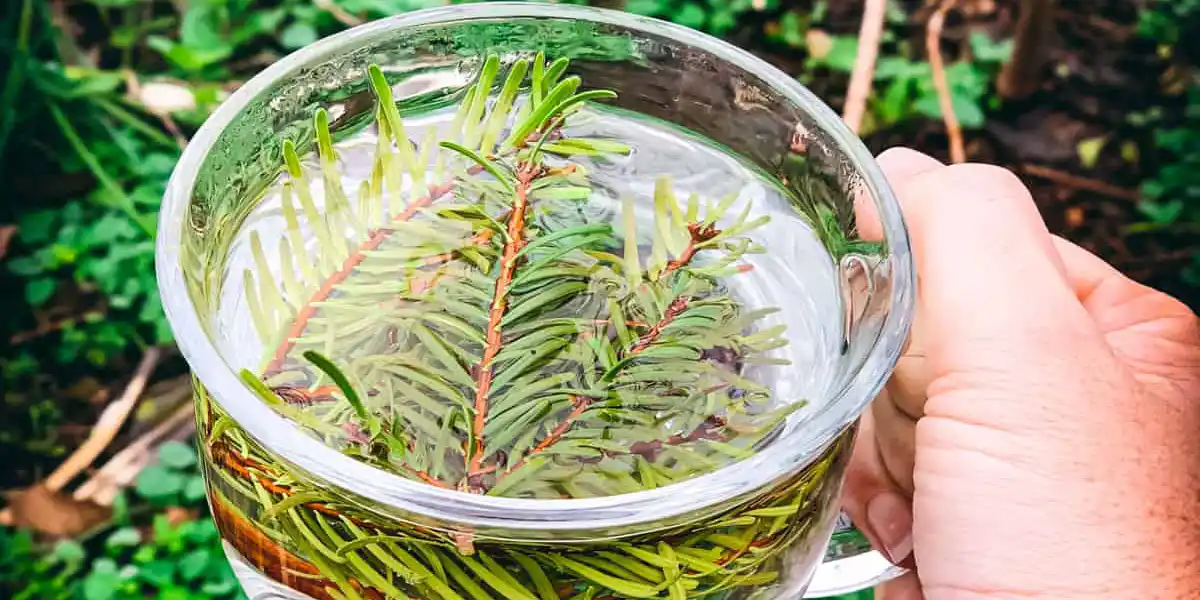
—
Which wilderness food
One of the most important things to plan in advance of your BWCAW adventure is what culinary delights will enhance your experience. What will you eat?
Most of us spend time each day thinking about what we’ll eat next—one of the joys of living. When heading into the wilderness, though, you want to plan what you’ll eat each day, whether you’ll just be in overnight or plan to take a week or more away from civilization. And your food choices need not be uncivilized.
Paddling and portaging for a day will burn more calories than your average day at home. You don’t need to be a dietitian, but plan well to make sure you get the nutrition from wilderness food your body and those of your wilderness partners will need.
The easiest way to set up for your dietary needs is to work with an experienced outfitter. Whether you’re a vegetarian, vegan, or meat and potatoes person, the outfitter has what you want, packaged and ready to go. For example, have a look at Rockwood’s meal plans here.
We feature food prepared by Camp Chow Dried Foods, our neighbors on the Gunflint Trail at Trail Center Lodge. Sarah Hamilton, her longtime friend and employee Durae,and her sister Anna prepare a number of innovative and high quality meals. Many of our neighbors in Cook County stock Camp Chow in their kitchens.
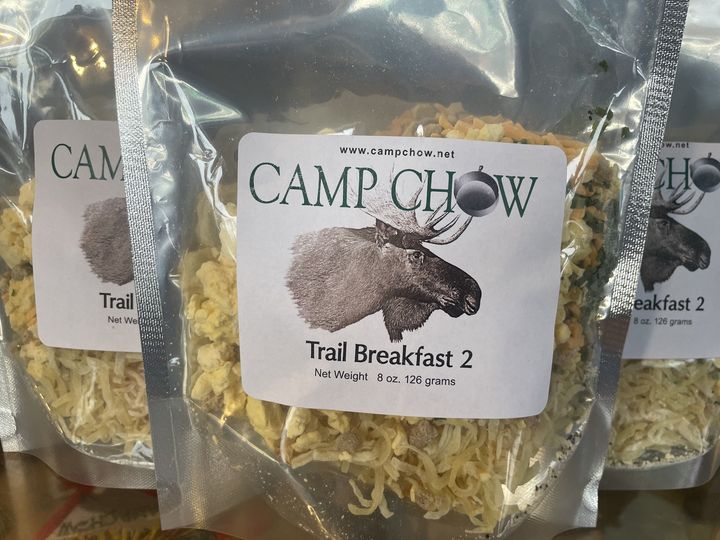
Plan for three squares a day and snacks in between and before bed.
Foraging for wilderness food
Some of you may want to be more self-reliant for dining options, at least for part of your trip.
Foraging in the Superior National Forest and the BWCAW can supplement the meals you’ve planned with your outfitter.
For many people, berry picking is one of the highlights of being in the wilderness. If your trip occurs in berry season, search out post-fire or windfall areas of the woods. Many species of berries are abundant in these areas. Everything from blueberries, wild raspberries, thimbleberries, and Juneberries provides fiber, vitamins, and antioxidants, and they taste great. And keep an eye out for bears. They love to gorge themselves in berry season.
For the more adventurous forager, wild mushrooms are fun to search for and tasty treats to have with supper at camp. You should know what you’re looking for to make sure they’re safe to eat. You’ll find Morel, Oyster, Lobster, and Chanterelle varieties in our forests.
Want a helpful class on the variety of wilderness foods we have in the BWCAW? Check out places like Northouse Folk School.
Fishing
Another way to enjoy the wilderness is fishing. Nothing beats a freshly caught walleye or lake trout for an evening meal–or shore lunch.
First, the adrenalin surges when you feel the tug on your line. Then, you fight to bring the fish in. The rest of your day is filled with the anticipation of that fish hitting the frying pan. Our abundant smallmouth bass and northern pike love to tussle as you bring them in, and they aren’t bad eating either. And who wouldn’t love a pan-fried brook trout with breakfast in the morning?
Tea
Nothing smells better in the morning than a steaming pot of coffee. But if you left the Earl Grey at home, you may be missing your tea. No worries. A little work will get you the makings of a fine Pine Needle Tea.
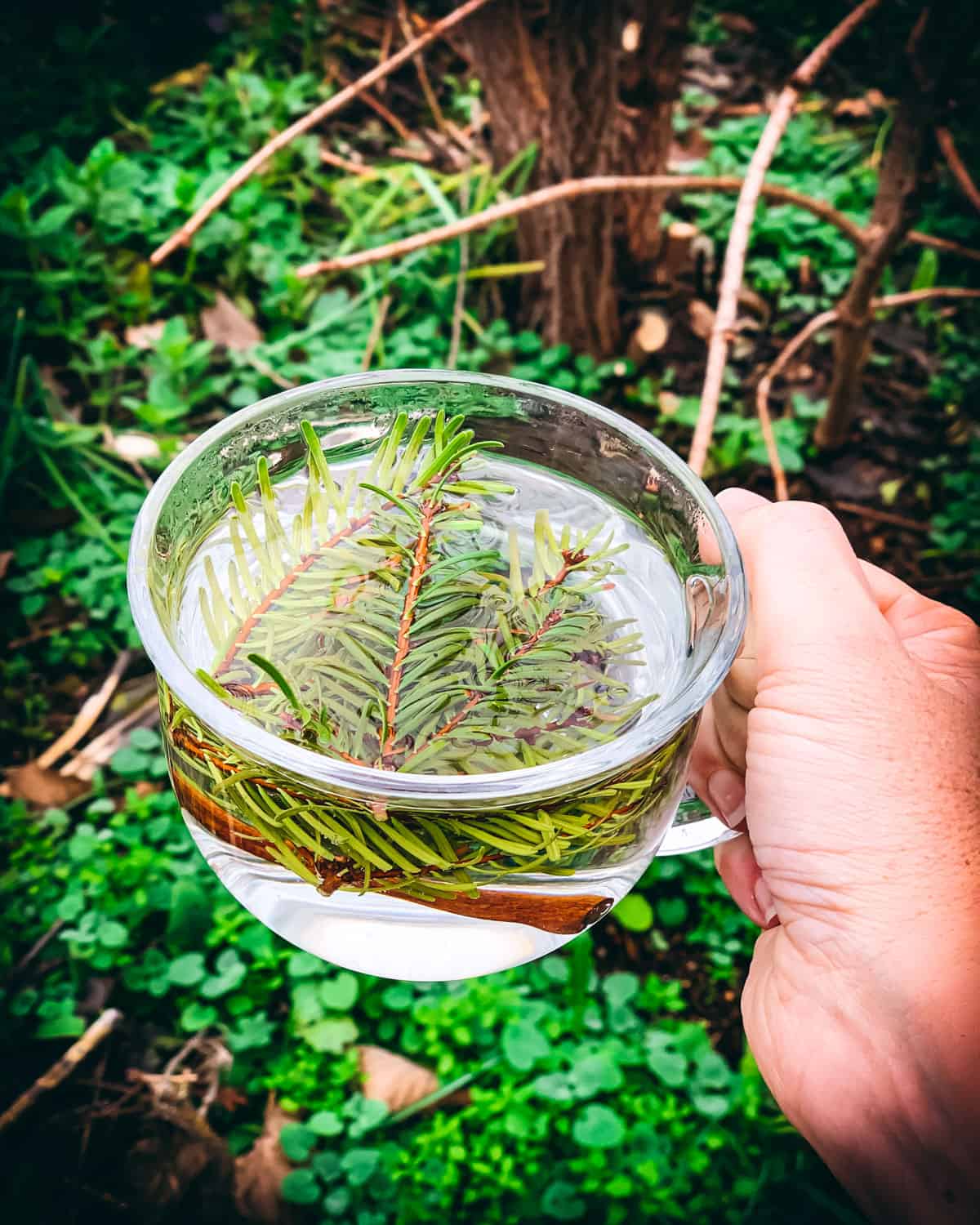
Find a spruce, fir, or pine tree with branches close to the ground. Strip or snip needles off the branches to accumulate about a teaspoonful, drop them into a cup, fill with boiling water, and steep for about five minutes. The tea is fragrant and flavorful and contains some vitamin C.
Back to protein in your wilderness food. In season, you may find a few Grouse an appealing option for your dinner plate. Or a rabbit or a squirrel or two.
When I was a prepubescent suburban kid visiting my grandparents in the woods, my grandma prepared an evening meal I wasn’t ready for.
She grew up on a remote farm near Parshall, ND in the early 1900s. She was the cook at The Everglades, the family resort on the Whitefish chain of lakes in north central Minnesota, and a long time cook for Crosslake schools. Making it through the depression years, she was capable of preparing and cooking anything, and she did it well.
Earlier in the day, Grandpa had shot and dressed a few squirrels for dinner. Grandma fried them in her big cast iron skillet, the same skillet she used to fry donuts that were a family favorite. She’d pour coffee and milk in a chipped, well used coffee cup that we used for donut dunking. For breakfast or an afternoon treat it was an unbeatable wilderness food.
Grandma acknowledged my reluctance to eat those tree dwelling rodents but insisted I try it at least. “It tastes like fried chicken,” she said. And as I recollect, it did.
I wasn’t quite ready to eat the dandelion greens, fresh picked from the yard and cooked like spinach for the side dish. But she insisted.
The lesson I took from that experience is that there are a significant number of ways to get our food.
Whether you choose to forage for a healthy meal in the forest, bring the finest meats and cheeses from home, or take advantage of the flavorful and diverse foods available from your outfitter, we hope the food you eat and the experiences you enjoy keep you coming back to visit our BWCAW year after year.

